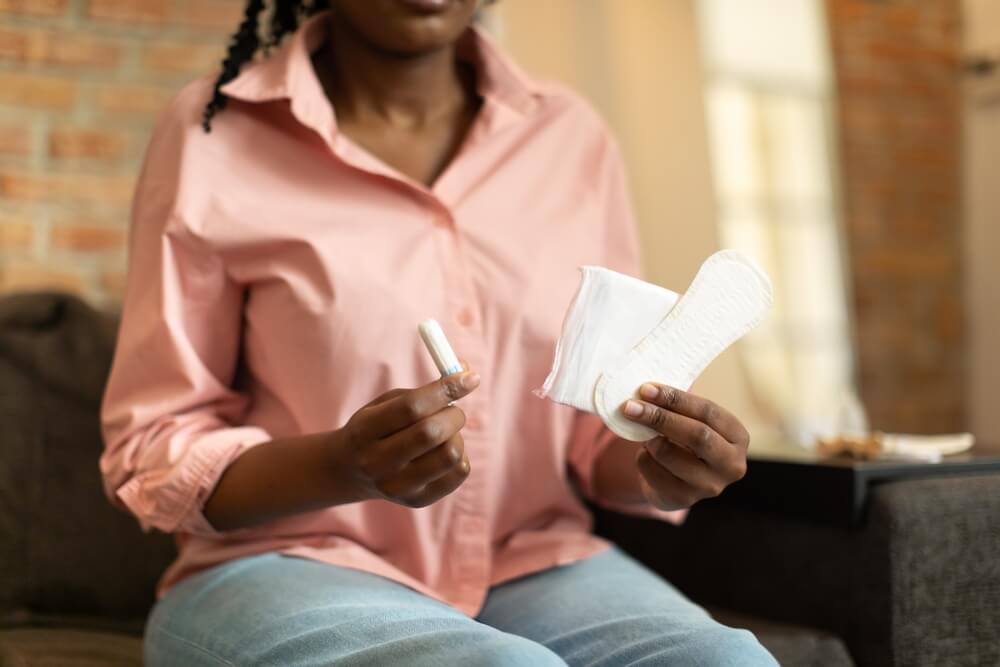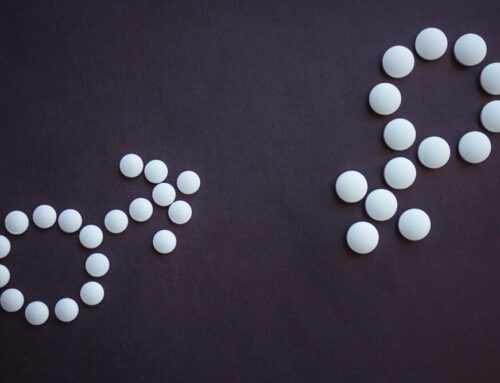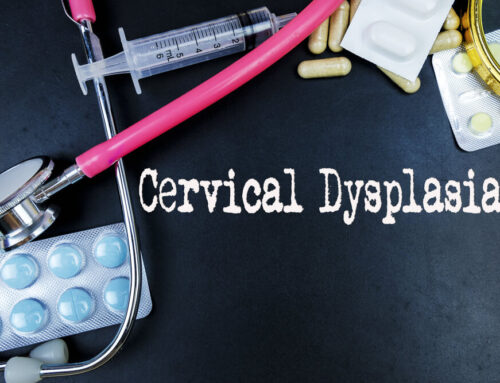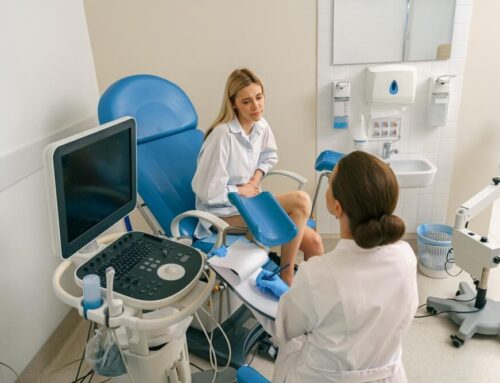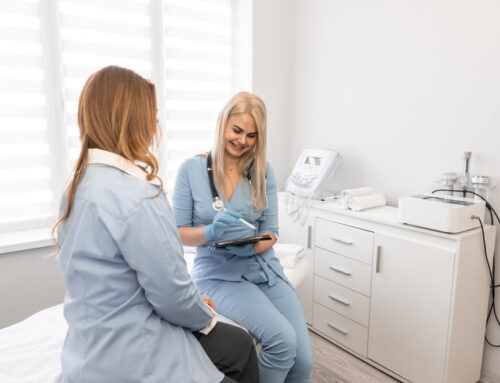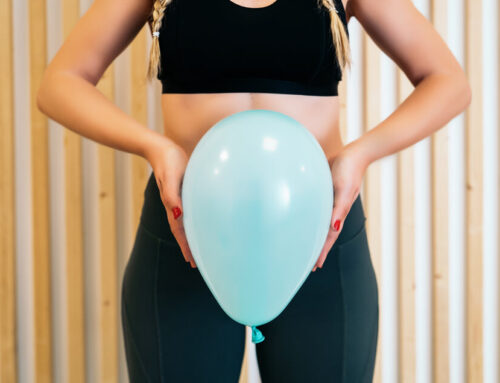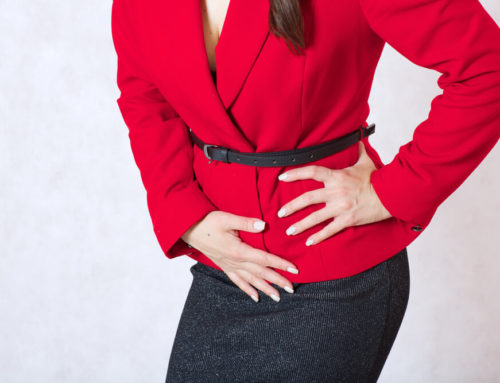Every woman’s menstrual journey is unique, and the choice between tampons and pads is a personal one, often influenced by comfort, lifestyle, and individual preferences. In this comprehensive guide, the team at Fern F. Taisenchoy-Bent, MD LLC will delve into the debate of tampons vs. pads, exploring the features, advantages, and considerations of each to help you make an informed decision that suits your needs.
So, tampons or pads? Let’s find out.
Tampons vs. Pads: Exploring Tampons – The Compact Contender
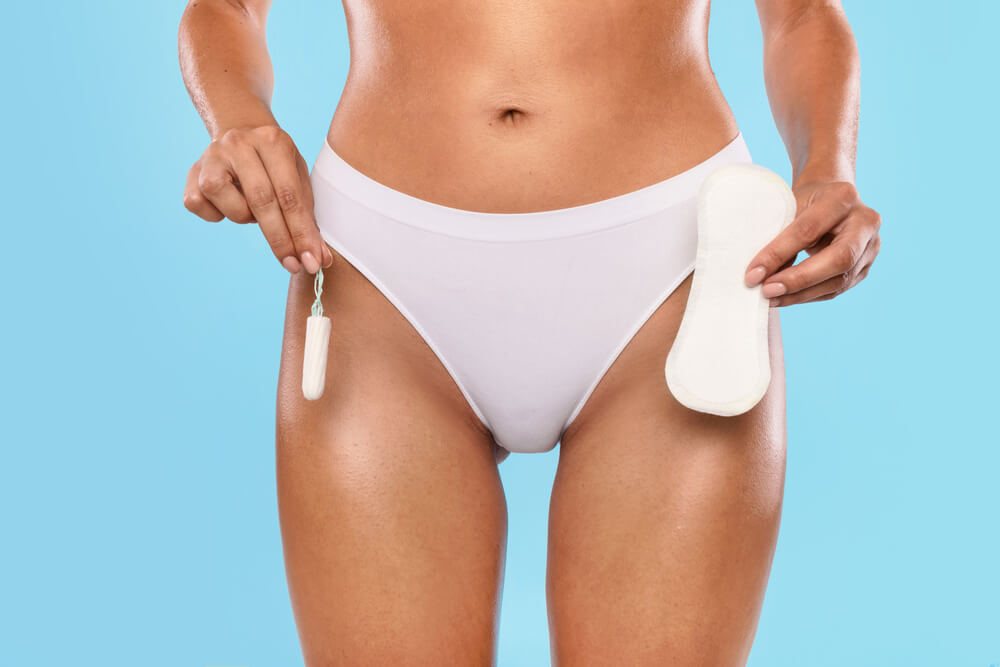
Tampons, the compact contenders in the realm of menstrual products, are cylindrical devices designed to be inserted into the vaginal canal to absorb menstrual blood. With various absorbency levels to accommodate different flow intensities, tampons offer several advantages, making them a preferred choice for many individuals.
- Discreet and Comfortable: Tampons provide a discreet and comfortable option, particularly suitable for those leading active lifestyles. Since they are worn internally, they remain virtually invisible from the outside, offering a sense of privacy and confidence to individuals who prefer a more discreet solution.
- Freedom of Movement: One of the significant advantages of tampons is the sense of freedom they provide during physical activities such as swimming, sports, or exercise. Unlike external products like pads, tampons are secure inside the body, allowing individuals to move comfortably without hindrance.
- Less Bulk: Tampons are compact and generate less bulk than pads, making them a convenient choice for those who prefer minimalistic solutions. The reduced size contributes to a more comfortable and less noticeable experience, especially for individuals who prioritize discretion.
However, there are some considerations to keep in mind when using tampons:
- Insertion Learning Curve: For some women, there may be a learning curve associated with the initial insertion of tampons. It may require practice to become accustomed to the process and feel comfortable with proper insertion.
- Risk of Toxic Shock Syndrome (TSS): Leaving a tampon in for an extended period increases the risk of Toxic Shock Syndrome (TSS), a rare but serious condition. It is crucial to follow the recommended guidelines for tampon usage, including changing them regularly, to minimize this risk.
About TSS
Toxic Shock Syndrome (TSS) is an uncommon but severe medical condition triggered by bacterial toxins, primarily associated with Staphylococcus aureus (staph) bacteria. While it can affect anyone, TSS has historically been linked to the use of high-absorbency tampons, especially in menstruating individuals. The condition arises when the bacteria, which naturally reside on the skin, multiply and produce toxins that enter the bloodstream.
Symptoms of TSS can develop rapidly and include sudden fever, low blood pressure, a widespread rash resembling sunburn, vomiting, and diarrhea. In severe cases, TSS can lead to organ failure and, in extreme circumstances, be fatal.
One of the key preventive measures is proper tampon usage. Individuals are advised to use tampons with the lowest absorbency necessary, change them regularly (at least every 4-8 hours), and consider alternating with pads during menstruation. Additionally, maintaining good hygiene practices, such as washing hands before inserting a tampon and choosing tampons without added fragrances, can help reduce the risk of TSS.
It’s essential for individuals to be aware of the symptoms of TSS and seek prompt medical attention if they experience them, especially if they are using tampons. While TSS is rare, early detection and treatment are crucial for a favorable outcome.
Pads vs. Tampons: Pads – The Reliable Cushion
Pads, also known as sanitary napkins, are a reliable external menstrual product designed to be worn in the underwear to absorb menstrual flow. They offer several advantages, making them a popular choice for individuals at different stages of their menstrual journey.
- Ease of Use: One of the primary advantages of pads is their simplicity and ease of use. They are an excellent option for those who are new to menstruation or individuals who may feel uncomfortable with internal products like tampons. The straightforward application involves securing the pad to the underwear, providing a hassle-free experience.
- Lower TSS Risk: Pads pose a lower risk of Toxic Shock Syndrome (TSS) compared to internal products like tampons. Since pads are external and do not involve any form of insertion, the likelihood of TSS is minimized. This factor contributes to the overall safety and peace of mind of individuals concerned about potential health risks.
- Varied Absorbencies: Pads come in a wide range of sizes and absorbencies, catering to different flow levels experienced during the menstrual cycle. Whether it’s a light flow day or a heavier flow, individuals can choose pads that align with their specific needs. The availability of varied absorbencies enhances the flexibility and adaptability of pads to accommodate different preferences and menstrual patterns.
Considerations: Tampons or Pads
When considering the choice between tampons and pads, it’s essential to weigh various factors to ensure your comfort, convenience, and confidence during your menstrual cycle.
- Bulk and Visibility: Pads, due to their absorbent nature, can be bulkier than tampons, potentially being visible under tight clothing. If discretion is a priority, you might lean towards tampons for their more discreet profile.
- Limited Water Activities: While some pads are designed for water use, they may not be as convenient as tampons for activities like swimming. Tampons, being internal, allow for more flexibility during water activities, making them a preferred choice for those who lead an active lifestyle.
Choosing What’s Best for You
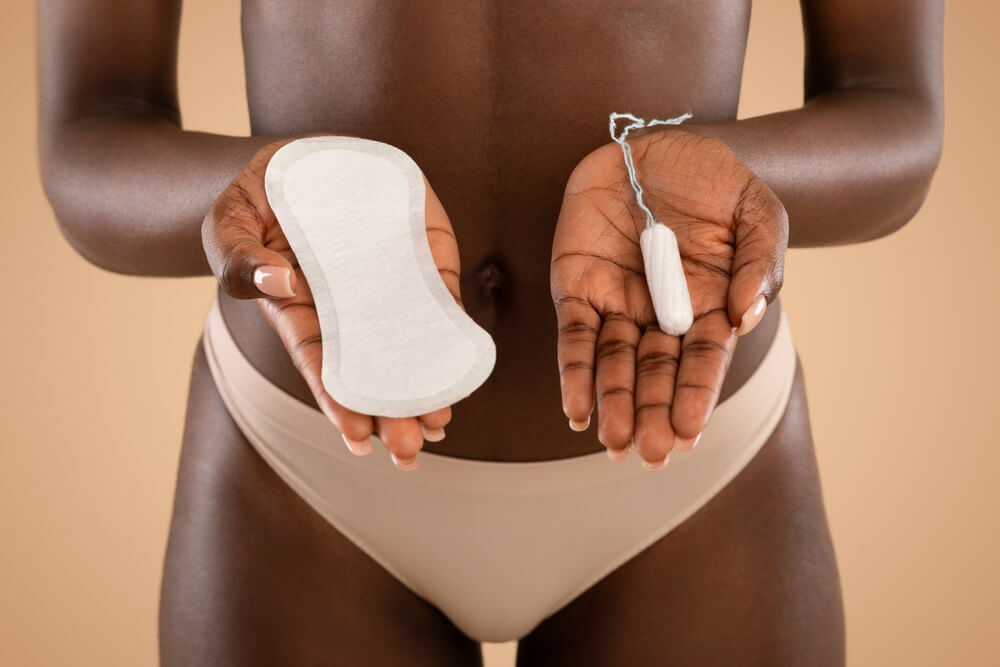
The decision between tampons and pads is highly personal and depends on factors such as comfort, lifestyle, and individual preferences. Some women may find that a combination of both products works best for them, adjusting based on their activities and flow intensity during different days of their period.
Consider these factors:
- Flow Intensity: Menstrual flow can vary from day to day, and choosing products with different absorbencies for different days may provide optimal comfort and protection.
- Lifestyle: Take into account your daily activities, whether it’s work, exercise, or travel, to determine which product aligns best with your lifestyle. If you’re an avid swimmer or engage in intense physical activities, tampons might offer more convenience.
- Comfort Level: Your comfort with insertion, movement, and visibility will play a significant role in your choice. Some may find tampons more comfortable and less noticeable, while others may prefer the simplicity and familiarity of pads.
Ultimately, there’s no one-size-fits-all answer, and the key is finding the solution that suits your individual needs, allowing you to navigate your menstrual cycle with comfort and confidence.
Understand Your Options
Each woman’s experience with menstruation is unique, and the journey through the menstrual cycle is as diverse as the individuals themselves. The significance of the phrase “there’s no one-size-fits-all answer” underscores the importance of recognizing and embracing this diversity in choices related to menstrual hygiene.
Menstrual hygiene products, such as tampons and pads, are tools that facilitate comfort, confidence, and cleanliness during menstruation. What works exceptionally well for one woman may not be the ideal choice for another. Understanding and acknowledging these differences is pivotal in creating a positive and supportive dialogue surrounding menstrual health.
If you have any further questions regarding these products and looking for a female gynecology specialist in Margate, Florida, or even want to learn more about anything gynecology-related (like the things that can cause an abnormal pap smear), feel free to schedule an appointment with us today.


